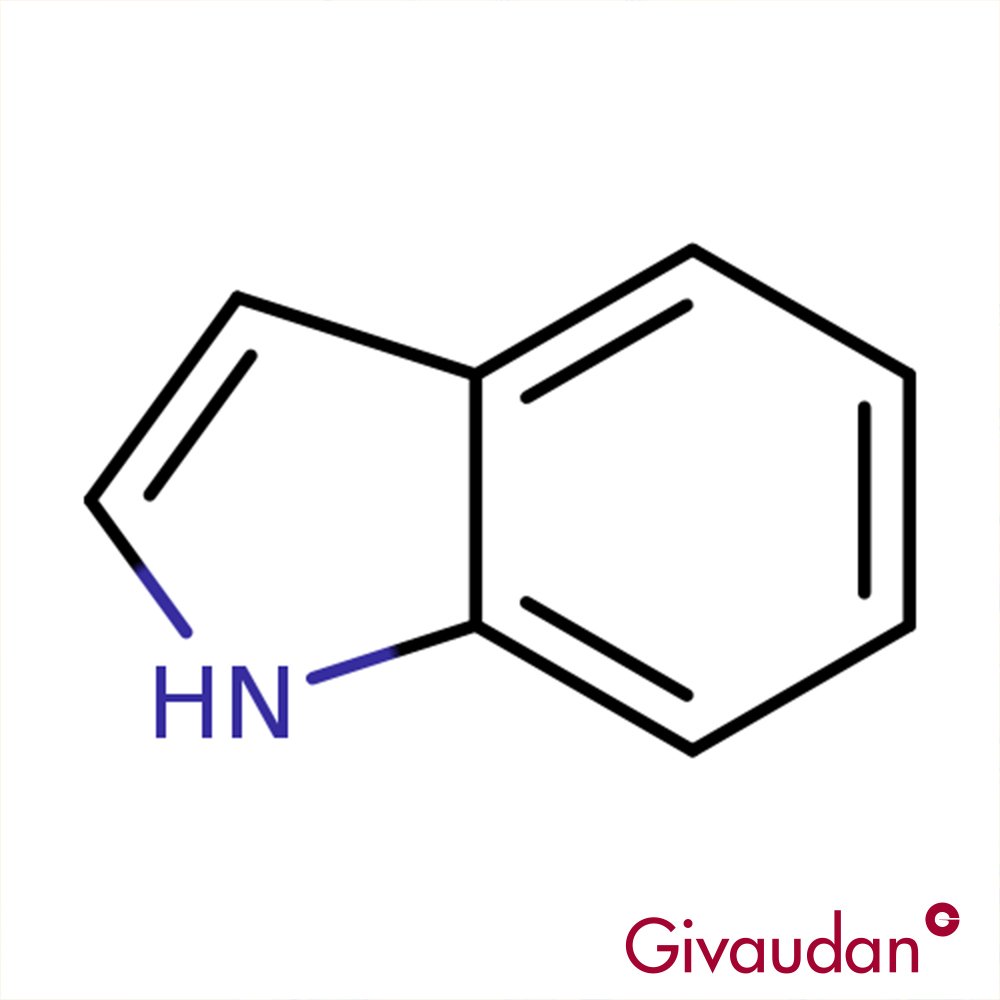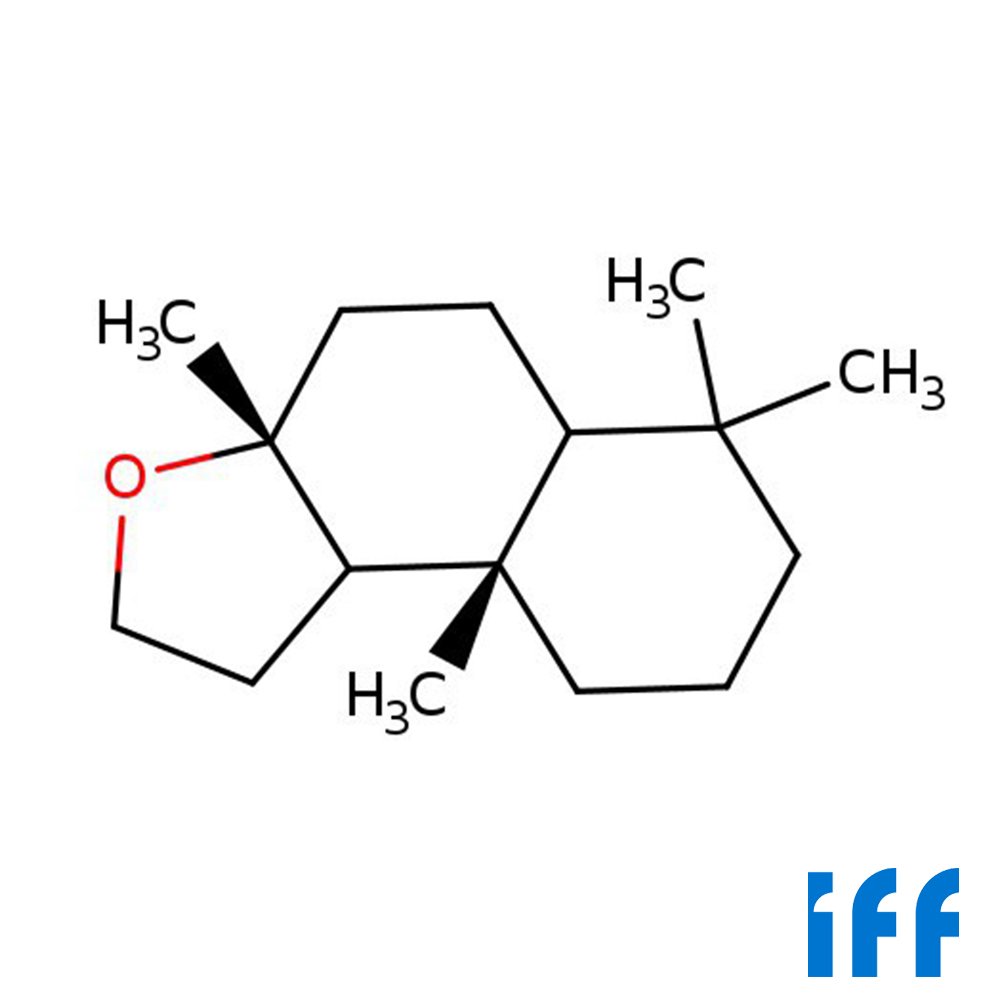 Image 1 of 2
Image 1 of 2

 Image 2 of 2
Image 2 of 2



Ethyl Linalool
Premium Synthetic Ingredient for Perfumery
Ethyl Linalool is a synthetic tertiary alcohol used in perfumery for its delicate floral scent, related to but smoother than Linalool. Less volatile, less green, and more waxy in character, it acts as a modifying material for linalool-based structures, lending a soft floral-woody nuance with coriander-like overtones. Its mild diffusion and versatility make it especially useful in muguet, lilac, and apple blossom accords, as well as fantasy florals. Its slow evaporation rate allows controlled release and balanced blending in complex compositions.
Premium Synthetic Ingredient for Perfumery
Ethyl Linalool is a synthetic tertiary alcohol used in perfumery for its delicate floral scent, related to but smoother than Linalool. Less volatile, less green, and more waxy in character, it acts as a modifying material for linalool-based structures, lending a soft floral-woody nuance with coriander-like overtones. Its mild diffusion and versatility make it especially useful in muguet, lilac, and apple blossom accords, as well as fantasy florals. Its slow evaporation rate allows controlled release and balanced blending in complex compositions.
Premium Synthetic Ingredient for Perfumery
Ethyl Linalool is a synthetic tertiary alcohol used in perfumery for its delicate floral scent, related to but smoother than Linalool. Less volatile, less green, and more waxy in character, it acts as a modifying material for linalool-based structures, lending a soft floral-woody nuance with coriander-like overtones. Its mild diffusion and versatility make it especially useful in muguet, lilac, and apple blossom accords, as well as fantasy florals. Its slow evaporation rate allows controlled release and balanced blending in complex compositions.
Synthetic Ingredient Overview
🏭 Manufacturer — Multiple industrial producers
🔎 Chemical name — 3,7-Dimethyloct-6-en-1-ol, ethyl derivative
🧪 Synonyms — Ethyl Linalool, 2,6-Dimethyl-2,7-octadien-6-ol
🧬 Chemical Formula — C₁₀H₂₀O
📂 CAS N° — 10339-55-6
📘 FEMA — Not listed
⚖️ MW — 168.28 g/mol
📝 Odor type — Floral (Fresh)
📈 Odor Strength — Low
👃🏼 Odor Profile — Soft, waxy floral with coriander-like, mild woody notes; less green and more subdued than Linalool
⚗️ Uses — Modifier for Linalool; ideal for muguet, lilac, lily, apple blossom and fantasy floral structures
🧴 Appearance — Colorless to pale yellow liquid
What is Ethyl Linalool?
Ethyl Linalool is a synthetic monoterpenoid alcohol, structurally related to Linalool but with a modified molecular backbone due to ethyl substitution. This seemingly small variation significantly alters its olfactory behavior—reducing volatility, lowering odor intensity, and rounding off green-citrus notes in favor of powdery, floral-waxy ones.
It is not found in nature, but produced via industrial synthesis for perfumery purposes. Its behavior is less “fresh” than Linalool, but offers better fixation and broader compatibility, especially in soft floral compositions.
Olfactory Profile and Perfumery Applications
Compared to Linalool, Ethyl Linalool is:
Less volatile, with slower evaporation
Less citrusy and woody-green
More floral, waxy, and rounded
Exhibits a Coriander-like nuance that softens top notes
It is particularly suited for:
Muguet and Lilac reconstructions
Lily and Apple blossom bases
Fantasy florals and abstract aldehydic accords
Softening the top note of citrus-linalool blends
Used at levels up to several percent depending on desired subtlety and interplay.
Industrial and Technical Uses
Ethyl Linalool is used exclusively in fine fragrance and functional perfumery, including:
Eau de toilette and parfum compositions
Personal care (creams, lotions)
Soaps and shampoo formulations
Floral air fresheners and room sprays
It is not registered for flavor or food applications.
Regulatory and Safety Overview
IFRA: Ethyl Linalool is not currently restricted under the IFRA Standards (51st Amendment). Use according to standard evaluation and safety assessment.
EU Allergen Listing: Not listed among the 26 mandatory fragrance allergens under Regulation (EC) No 1223/2009.
FEMA GRAS: Not listed as food-grade or flavor ingredient.
ECHA: Registered under REACH. No classification as sensitizer or hazardous under standard use.
Toxicology: Considered low-irritation and safe for perfumery use. Good storage stability.
✅ Approved for unrestricted perfumery use within formulation guidelines.
Sources
PubChem CID 2735115 – Ethyl Linalool
IFRA Standards Documentation
TGSC Information System
ECHA Substance Information
Arctander, S. Perfume and Flavor Chemicals
Scentspiracy Technical Archive




